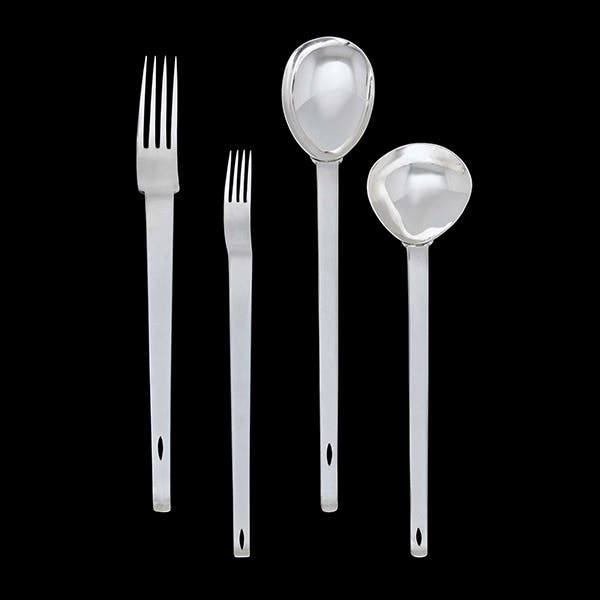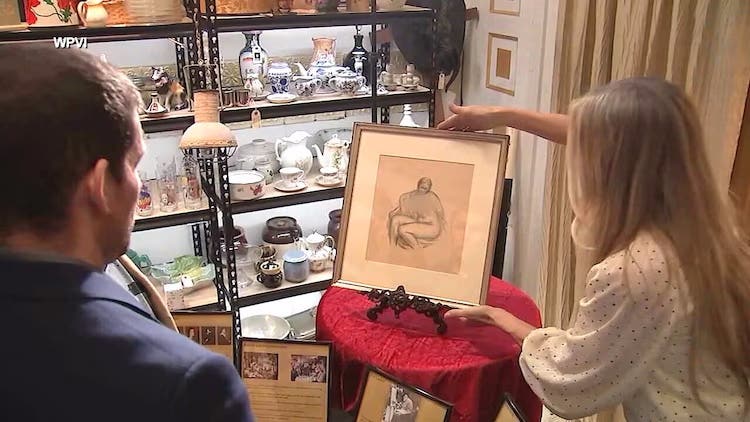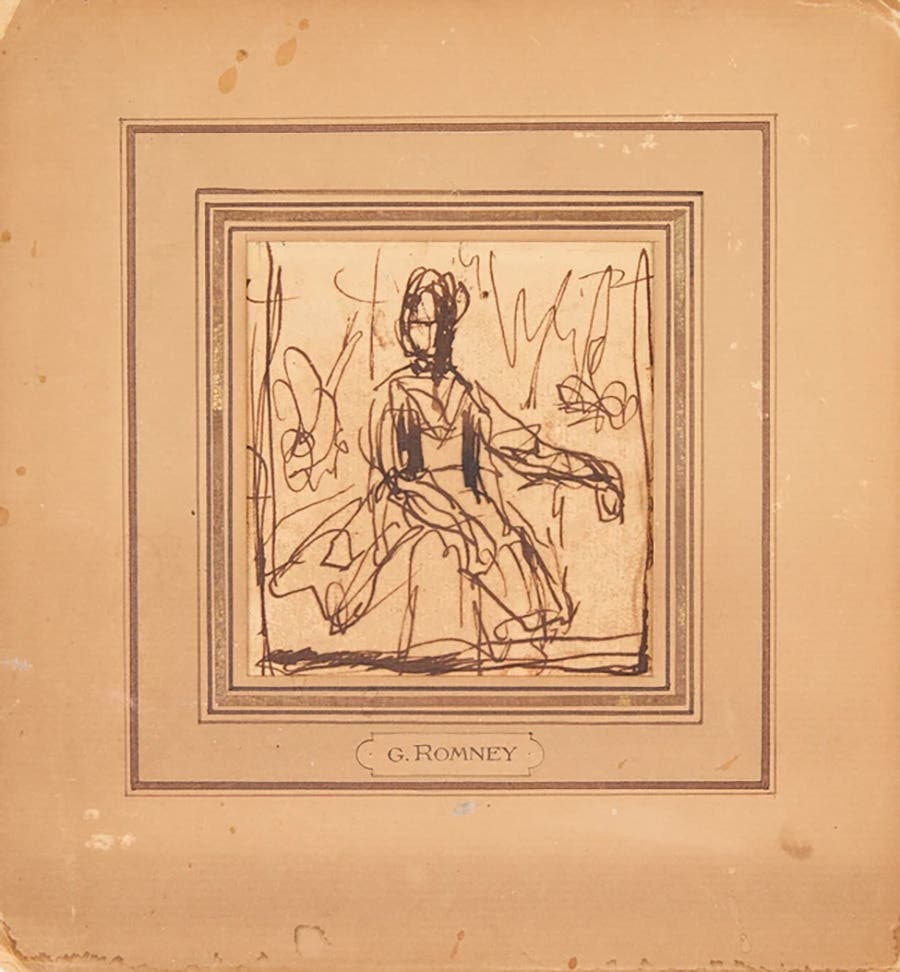Art gallery founder’s collection heads to auction
A 12th century Chinese fresco featuring a Bodhisattva is among the headliners of Gianguan Auctions’ Dec. 9 sale.
NEW YORK – When the 12th century Chinese fresco “Water-Moon Guanyin” comes to the podium at Gianguan Auctions on Dec. 9. It is a poignant reminder of the esteem in which Chinese Buddhist art drew appreciation of Charles Lang Freer. He is one of the great 20th century collectors and art gallery founder. His efforts are evident in the Freer Gallery of Art in Washington, DC.
Art Gallery Founder's Collection On Offer
According to a 2016 paper, Freer came to Chinese Buddhist art late in his collecting career.
However, finding the subject so appealing he traveled to China’s Longman Grottoes. It is here where he saw how early artisans spent lifetimes honoring the Buddhist pantheon. In conclusion, the paper is the work of the Peabody-Essex Museum’s Curator Daisy Yiyou Wang.
Freer discovered that a lot of Buddhist art had made its way to Japan during times of insecurity. With that, he searched out items there, too. Wang states the Chinese Buddhist works of art make up about 12% of Freer’s acquisitions. Yet, “were the crowning achievement of the collection.”
Kwong Lum, Founder and President of Gianguan Auctions, responding to the article in an interview, notes the rarity of the items. Most are the work of anonymous artisans, and creations to serve as religious tools. And, there are differences in representations of Buddhas and Bodhisattvas, each of which has a particular niche in the pantheon.
Bodhisattva Figure May See $40,000
For instance, the Song Dynasty fresco “Water-Moon Guanyin” is a unique polychrome panel that has weathered the centuries intact. Identifying also as 'Avalokiteshvara of the Southern Seas,' she is a Bodhisattva. This designation applies to deities who surrender their own path to help others achieve the highest state.
As such she often appears sitting on rockery before a double mandorla. The robes display thread relief and enhancements of a glistening quality of mineral pigment. This is symbolic of the deity’s remaining ties to the mortal world. Furthermore, this 4-foot tall panel is in the style of 8th century temple painting, a technique still popular among decorators of Buddhist temples. It is similar to a fresco displaying at The Fahai Temple, which is at the foot of Cuiwei Mo. The catalog puts the value at more than $40,000.
In conclusion, Gianguan Auctions is located at 39 W. 56th Street, New York, NY. For details, call 212-867-7288, email info@gianguanauctions.com, or visit www.gianguanaucitons.com.
Are East Asian art and artifacts one of your areas of interest?
We think you may enjoy this digital issue of Antique Trader, featuring articles about acquiring East Asian artifacts. Learn more>>>








